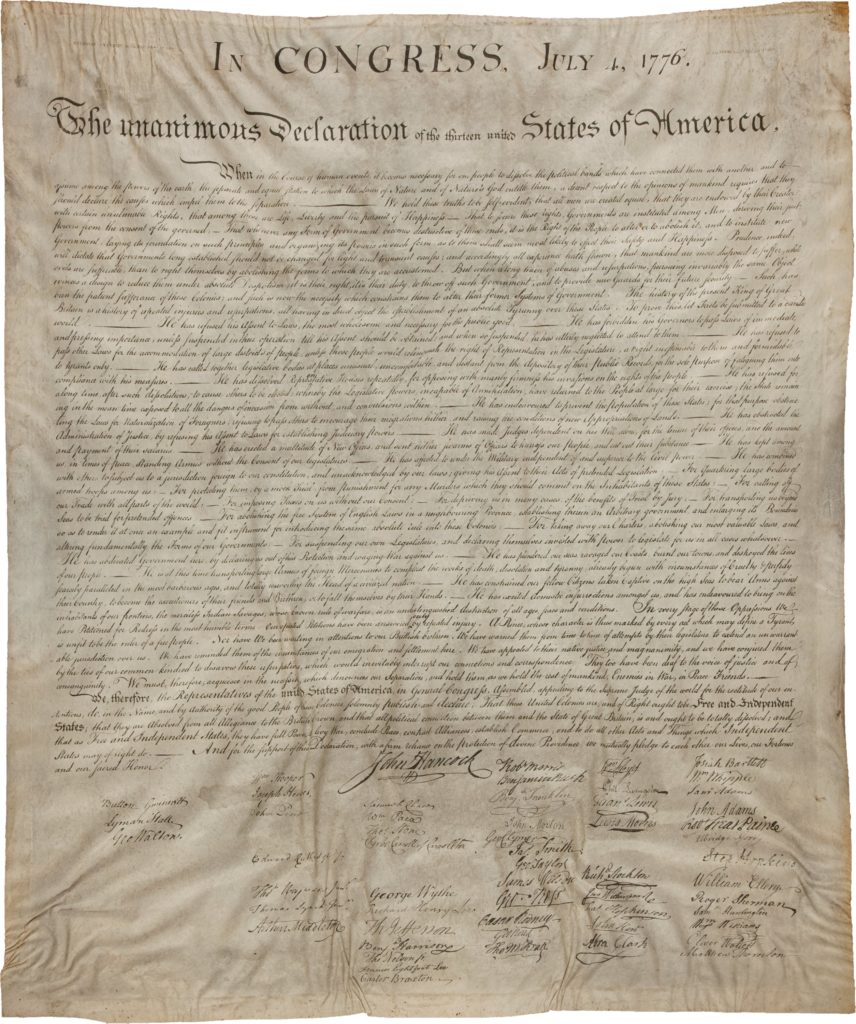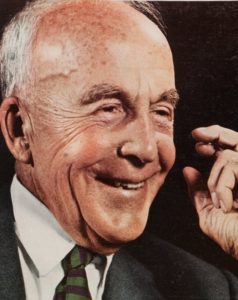
By Jim O’Neal
Dwight Eisenhower was a five-star general in the U.S. Army and was appointed Supreme Commander of the Allied Expeditionary Forces in Europe by President Franklin D. Roosevelt. On June 6, 1944, he directed the largest amphibious invasion in history by establishing a beachhead on Normandy on the northern coast of France.
Operation Overlord started with overnight parachute and glider landings, massive naval bombardments and air attacks … followed by amphibious landings on five beaches. They were code named Omaha, Utah, Juno, Gold and Sword. Then, the remaining elements of the airborne divisions landed.
The successful operation is now commonly called D-Day.
There was an elaborate plan formulated to convince the Germans that Normandy was not the focal point of the invasion and, despite several unfortunate leaks, it was generally successful. The use of code names helped to disguise the actual location and even extended to officers who had knowledge of real D-Day plans. None of them were to be deployed to areas where there was the slightest chance of being captured. They were given the security classification code name of BIGOTs, and if any were unaccounted for or captured, the invasion was to be canceled. In a little-known incident on April 27, 10 BIGOTs were missing after German E-boats attacked several American LSTs. But all 10 bodies were recovered and no changes had to be made.
Three months later, on Sept. 19 at 3:35 p.m., the Provost Marshall of Fort Knox, Ky. – Major W.C. Hatfield – ordered a heavily armed convoy to “move out” from the U.S. Bullion Depository. As the vehicles started rolling, there was a large truck in the middle. Inside were containers holding the Declaration of Independence, the Constitution of the United States, and the Gettysburg Address. They were going home!

President Roosevelt, the Joint Chiefs and the War Department had decided that bombings or sabotage on the U.S. mainland were now unlikely. It was time for these most precious documents to return to Washington. The Librarian of Congress – Archibald MacLeish – wrote, “They see no need to keep materials of this kind in the woods and hills any longer.”
The convoy headed to Louisville, Ky., and agents placed the cases aboard a Pullman sleeper car – No. 42 – on the 5:30 p.m. B&O train to Washington, D.C. When they arrived at the Library of Congress via armored truck (with extra guards), MacLeish personally supervised their transfer to the vault. Safe at last!
MacLeish resigned shortly after an ailing President Roosevelt was elected to an unprecedented fourth term in 1944, defeating Republican Thomas E. Dewey, the governor of New York. However, FDR persuaded MacLeish to stay on as assistant Secretary of State for cultural and public affairs. His first assignment was to convince the American people that a United Nations was needed to ensure a lasting peace.
He did keep our most valuable treasures safe during the war, but lasting peace was more elusive. He died in 1982, just shy of his 90th birthday.
 Intelligent Collector blogger JIM O’NEAL is an avid collector and history buff. He is president and CEO of Frito-Lay International [retired] and earlier served as chairman and CEO of PepsiCo Restaurants International [KFC Pizza Hut and Taco Bell].
Intelligent Collector blogger JIM O’NEAL is an avid collector and history buff. He is president and CEO of Frito-Lay International [retired] and earlier served as chairman and CEO of PepsiCo Restaurants International [KFC Pizza Hut and Taco Bell].
